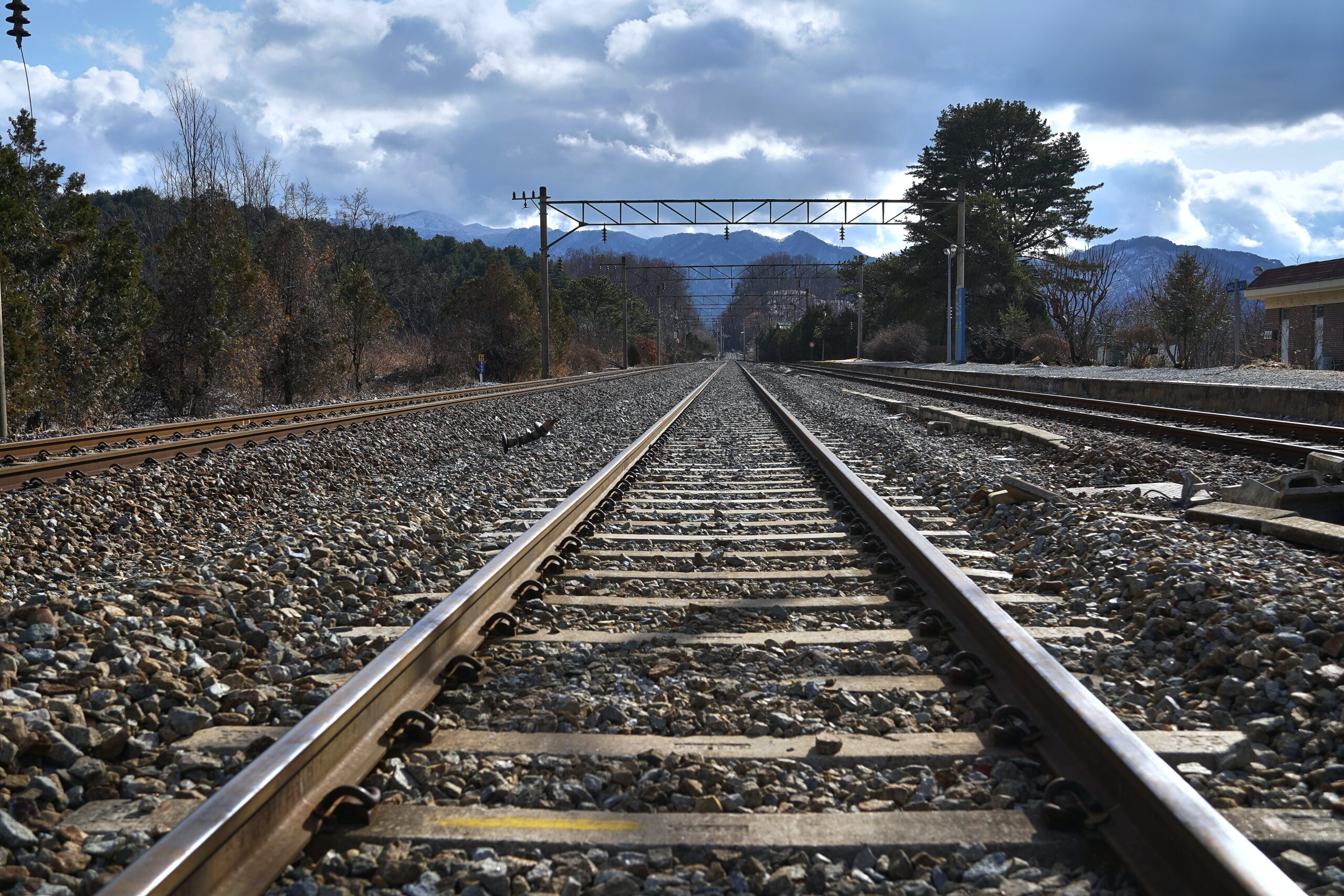Economic expansion in any region is always preceded by an increase in market activity in terms of both private consumption and product output. Economic development and a rise in movement of goods and people have a direct link that leads to an increase in demand for expanded transportation infrastructure. Gradually Africa is transitioning from the colonial economic models which imposed boundaries and territorial administrations that limited the free movement of products and people. At a continental level, the region has begun to embrace infrastructure development to spur economic growth and competitiveness.
Through the AFCFTA, Africa is on a mission to accelerate intra-African trade, strengthen its trading position in the global market, and promote socio-economic development; through improved access to integrated regional and continental infrastructure networks and services. Through an Integrated High-Speed Train Network, Agenda 2063 emphasizes the importance of integration as one of the key foundations for ensuring Africa achieves its goals for inclusive and sustainable growth and development.
The colonial powers built Africa’s railway infrastructure in the 20th century to enable military movement and transportation of goods produced in huge mining and agricultural operations to sea ports. After the continent seceded, the rail networks were split along territorial boundaries, reducing their market reach and economies of scale. Railways were run by public entities, which quickly became inefficient and overstaffed. With dwindling demand due to competition from road transport, most railways tumbled into a spiral of neglect and decay.
Railways, as opposed to other modes of transportation, can move large volumes of freight or passengers in an energy-efficient and environmentally friendly way. It has, however, been overlooked in most countries in Africa; in comparison to developed nations where it is a mature industry. Despite the challenges encountered thus far which led to the decline of rail transport in most regions after the colonial era; African railways continue to have great potential to support the continent’s economic and social development.
Africa’s geographical diversity fosters favorable conditions for railway development. First there is increased industrialization and the urbanization of an estimated 1 billion people by 2040. The continent is also vast with significant natural resource deposits that account for 30% of global mineral reserves, 12% of global oil reserves, and 8% of global natural gas reserves. In addition, the presence of 16 landlocked countries on the path to economic competitiveness will lead to the development of high-capacity interregional transport corridors to meet the increased intra-Africa trade among the countries.
African railways lag behind most of other regions of the world; with Africa’s poor economic, technological, and institutional conditions exacerbating the situation. This excludes the Republic of South Africa, which has dominated regional freight transport, and Egypt, which accounts for 85 % of regional passenger transport. Both countries have dense railway lines and relatively modern rail networks, some of which are electrified and double-tracked; and railways remain an important mode of freight and passenger transportation. Other East African countries, such as Kenya, Ethiopia, and Tanzania, as well as West African countries of Nigeria, Senegal, Mali, Ivory Coast, and Burkina Faso, have continued to improve and build new rails to facilitate trade movement.
The total African railway network, according to AU, is estimated to be approximately 75,000 kilometers equating to a density of about 2.5 km per 1000 sq. km, which is much lower than the global average of 23 km per 1000 sq. km. Furthermore, except for some parts of eastern and southern Africa, national railway networks in Sub-Saharan Africa are mostly independent of one another. Positive economic progress will be achieved as a result of railway transport boosting Africa in strengthening its inter-regional trade. By 2040, the Africa Regional Transport Infrastructure Network (ARTIN) is expected to account for 13% to 18% of Africa’s freight transport. The development of a common African railway policy will also hasten the resolution of standardization issues across technical, economic, and legal barriers.
The major impediment to the development of these rail corridors is an incompatibility in rail infrastructure between countries. Africa has three different rail gauges used across the various regions that the rails pass through: narrow gauge (1000mm), standard gauge (1435mm), and Cape gauge (1067mm); which rarely cross borders. There is also a lack of network integration, intergovernmental agreements, and interconnectivity. International railways are primarily found in Africa’s East and South, with only a few in West Africa. However, there appears to be general agreement that new projects should be based on a standard gauge; in order to facilitate intra-regional connectivity through projects such as upgrading existing rail networks, pit-to-port development, and urban/metro development.
Eventually, countries that share gauges or have bilateral agreements to facilitate border crossing as is already the case in some corridors such as Senegal-Mali; are more likely to succeed in developing inter-African rail corridors. Constant maintenance of railways, including rails and rolling stock, is required to ensure reliable operation. This is dependent on a high-performing industry run by skilled people. Integration of skills among top management and policymakers, as well as industry growth, are not only required for the successful development of African railways; but they also provide an opportunity to establish an industry that can bring significant economic and social benefits.
Author: Victor Otieno


